Hecate, the ancient Greek goddess of magic, witchcraft, and the crossroads, is often portrayed as a mysterious and multifaceted deity whose influence stretches far and wide. While she may not be as widely known as other Greek gods, her powers and roles are vast, encompassing the heavens, the earth, the seas, and the underworld. Often referred to as the goddess of the Maiden, Mother, and Crone, Hecate embodies transformation, wisdom, and power in all its forms.
The Origins and Early Depictions of Hecate
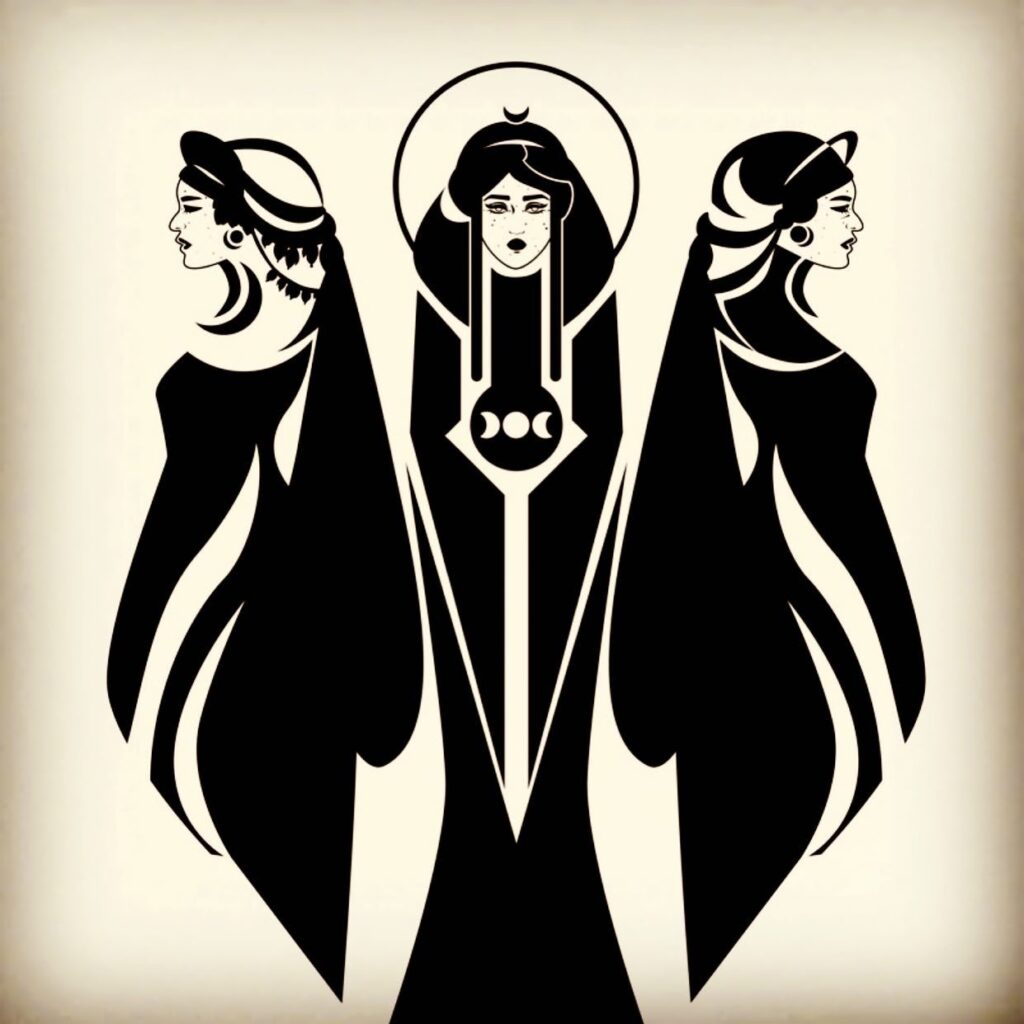
Hecate’s origins are shrouded in mystery. Scholars debate whether her worship was pre-Greek or whether it came from the region of Thrace, but many believe she was adopted into Greek religion from the Carians in Asia Minor. Regardless of her origins, Hecate’s role in Greek mythology quickly grew, with the first major mention of her appearing in Hesiod’s Theogony in the 7th century BCE.
Hecate’s image and influence would evolve over time. In the Homeric Hymn to Demeter, she plays a pivotal role in the story of Persephone’s abduction by Hades, lighting the way for Demeter and comforting Persephone. This connection to the underworld and the realm of the dead became a key aspect of her persona. She was often depicted carrying a torch, symbolizing her ability to navigate between the physical and spiritual realms, guiding those who were lost.
The Many Faces of Hecate
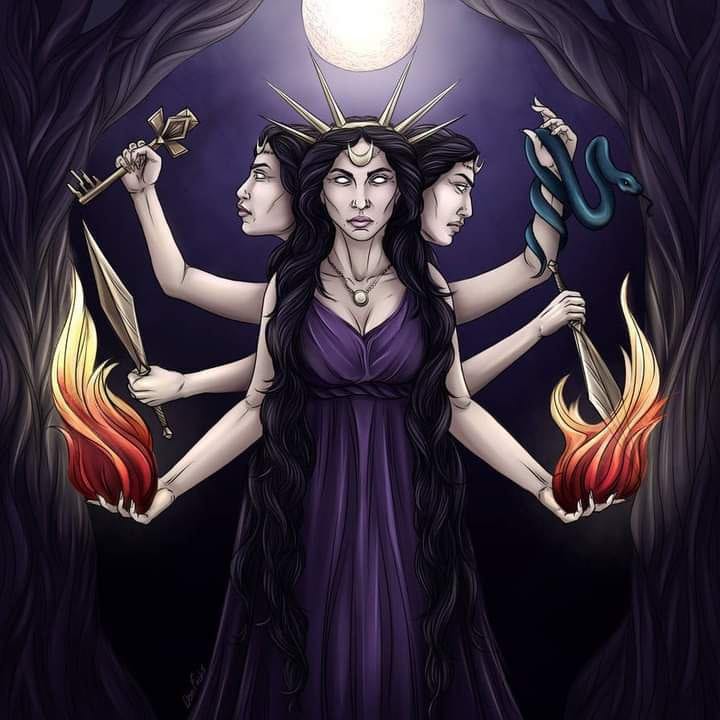
Hecate is often depicted in her triple form—standing at the crossroads of life, death, and transformation. In some ancient statues, she is shown with three heads: one of a dog, one of a horse, and one of a snake, reflecting her dominion over the night, magic, and the underworld. This triple form was later adopted in the Roman period, where she was identified with the lunar goddesses Artemis and Selene, further linking her to the mysterious forces of the night.
Her connection to Artemis is particularly significant. Both goddesses shared attributes such as hunting, the moon, and the protection of women, often seen together in ancient texts. Their combined representation as a dual goddess was common in ancient plays and hymns.
Hecate’s Divine Duties: Mistress of Magic and the Crossroads
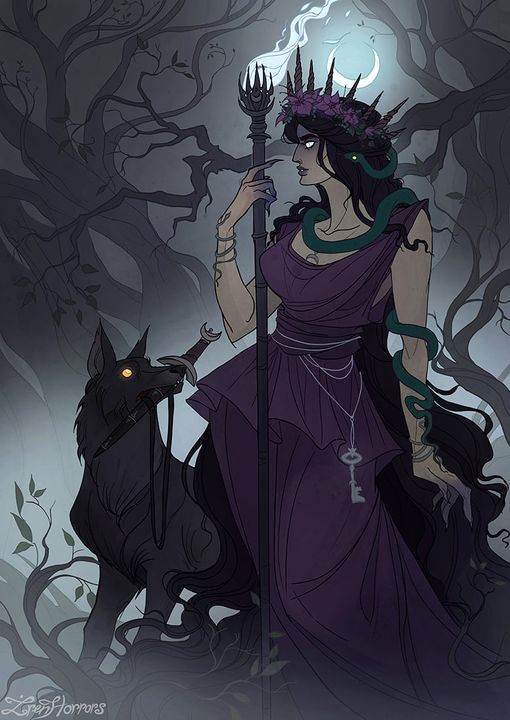
Hecate’s divine responsibilities were vast. She was the protector of the household, guardian of gates and doorways, and goddess of the moon, night, and magic. Her role as a liminal figure, crossing the boundaries between worlds, made her the perfect deity to watch over crossroads—both literal and metaphorical. People would often leave offerings to Hecate at the crossroads, seeking her protection from evil and guidance on difficult paths in life.
In addition to her magic and witchcraft, Hecate was also associated with the powers of necromancy and the spirits of the dead. She was believed to possess the ability to communicate with the souls of the departed, making her a crucial figure in funeral rites and rituals. This association with both light and dark forces made her a goddess of both creation and destruction.
Sacred Animals and Symbols
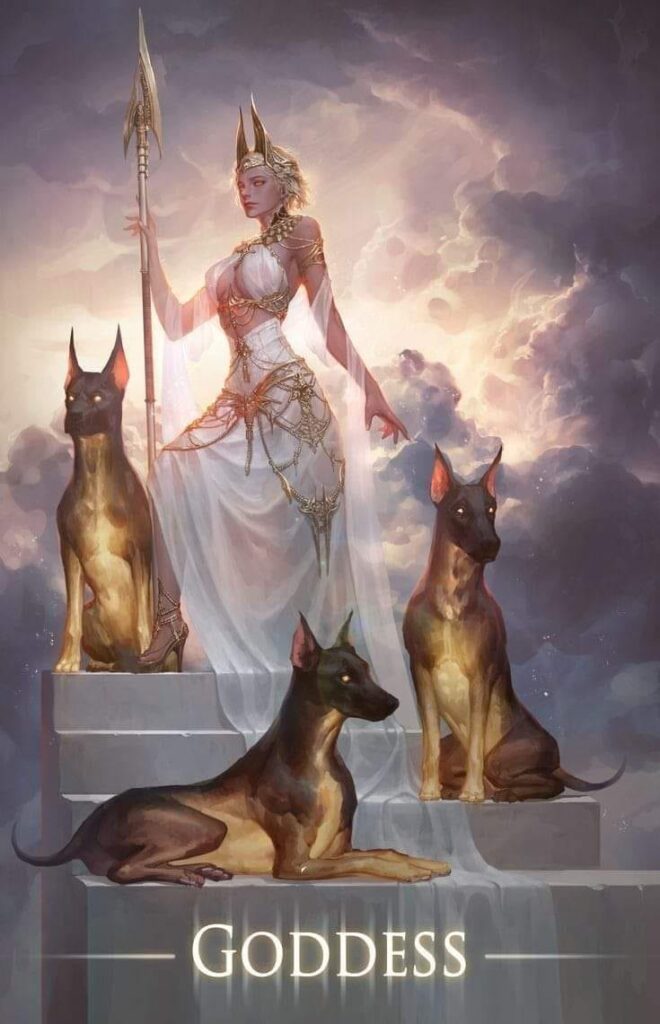
Hecate’s sacred animals were significant in understanding her nature. The dog, especially the black dog, was her most sacred companion. Dogs were often sacrificed to her in rituals, as they were seen as guides to the underworld, just as Hecate was. The presence of barking dogs in myths was often seen as a sign of Hecate’s arrival.
Another sacred animal of Hecate was the polecat, or weasel. According to myth, a servant of the gods named Galinthias was transformed into a polecat as punishment for deceiving the goddess Eileithyia. Hecate, showing her compassion, took the polecat as her companion, further symbolizing her role as a goddess of transformation and change.
Hecate’s Role in Worship and Cults
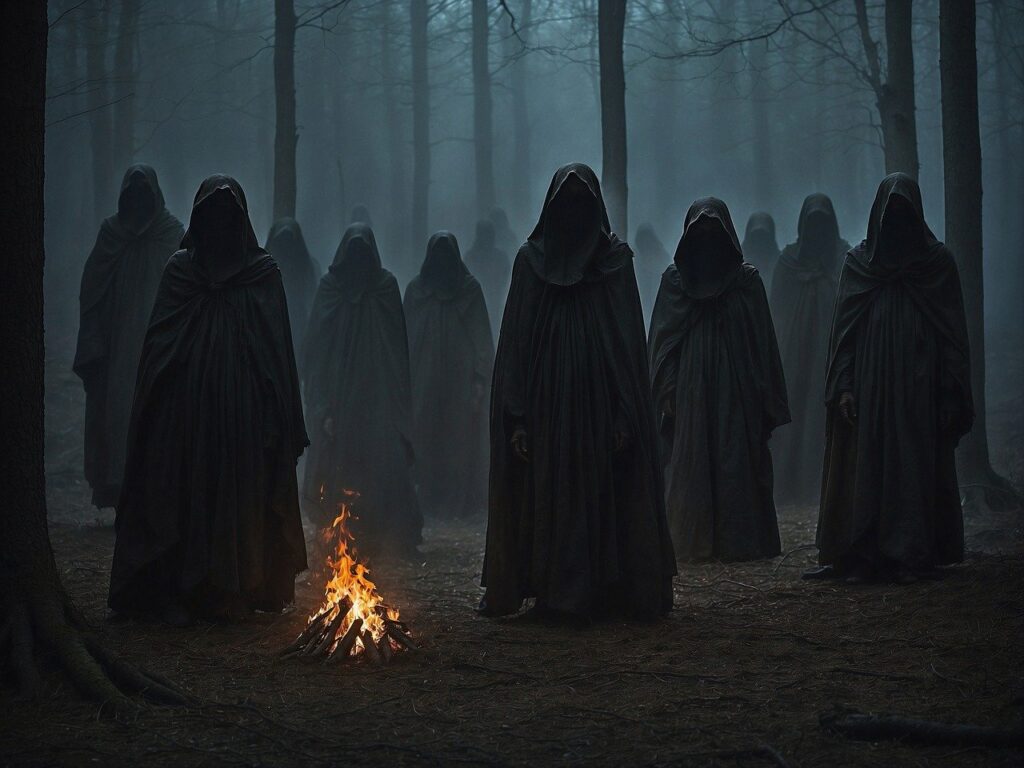
Although Hecate did not have grand temples like other gods, she was widely worshipped in household shrines and small altars. People would honor her to protect their homes from evil spirits and witchcraft. She had significant cult centers in regions like Caria, Eleusis, and Samothrace, where her mysteries were celebrated. In the island of Aegina, Hecate was worshipped as one of the most important deities, with her rites said to have been established by the legendary figure Orpheus.
Unlike many other deities, Hecate’s worship transcended the traditional boundaries of the gods, integrating her into daily life. Her devotion required acknowledgment of her power—failure to do so was believed to result in misfortune. Her blessings, including wealth and protection, were often granted to those who honored her correctly.
The Lasting Legacy of Hecate
Though often overlooked in mainstream Greek mythology, Hecate’s legacy is still felt today in modern pagan and witchcraft traditions. As a goddess of transformation, wisdom, and mystery, she continues to be revered as a protector of those who walk the path of magic and mystery. Her symbolism of the Maiden, Mother, and Crone reflects the journey through life, death, and rebirth—a cycle of constant change.
Hecate’s teachings remind us that the light and dark aspects of life are intertwined. She shows us that true power comes not only from what we see in the light of day but from the depths of the night, from the places where boundaries are crossed, and from the wisdom of those who walk between the worlds. In a world that is ever-changing, Hecate remains a symbol of resilience, guidance, and the power to transform.
Illustration Credits: Kalina Stoicheva, DonFuchs, Iren Horrors, Wiccan/Pagan, Witchcraft



